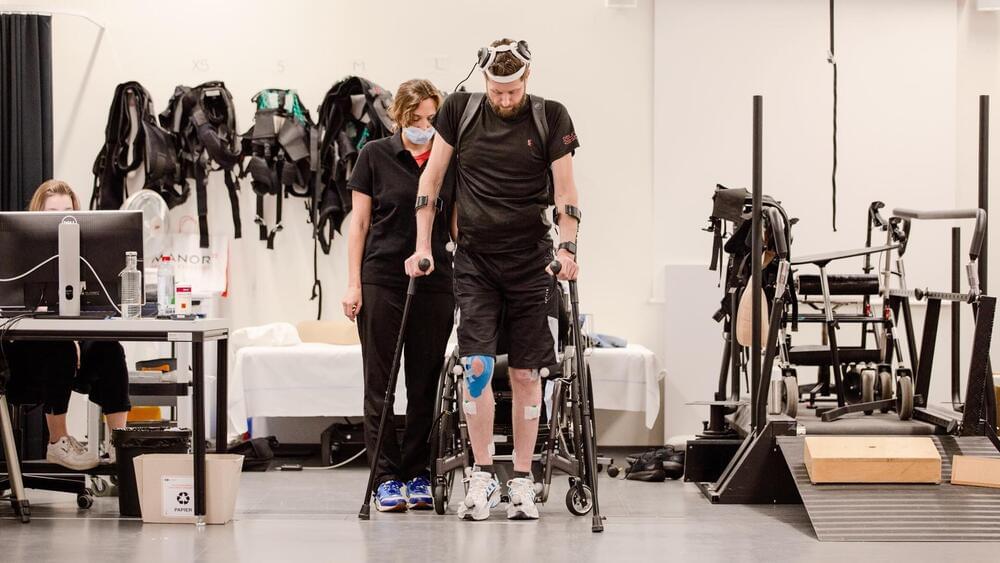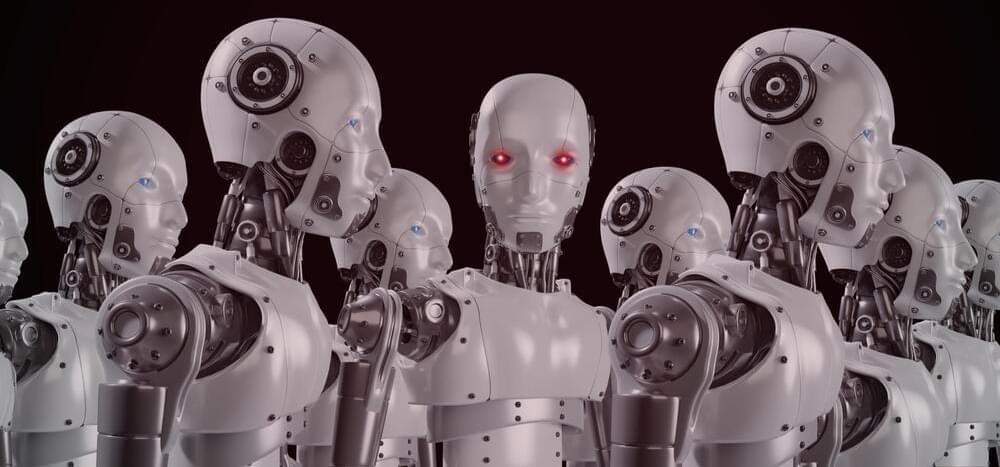May 25, 2023
Is the Universe a quantum fluctuation?
Posted by Paul Battista in categories: particle physics, quantum physics, space
If there are energy fluctuations in a quantum vacuum, very interesting things can happen. For example, the E = mc2 relation tells us that energy and matter are interconvertible. A vacuum energy fluctuation can be converted into particles of matter. Sounds weird? Maybe, but it happens all the time. These particles are called virtual particles, living a fleeting existence before plunging back into the ever-busy quantum vacuum.
Tryon extrapolated the idea of quantum fluctuations to the Universe as a whole. He reasoned that if all that existed was a quantum vacuum, a bubble-like energy fluctuation out of this vacuum could have given rise to the Universe. Tryon proposed that the whole Universe is the result of a vacuum fluctuation, originating from what we could call quantum nothingness.


















